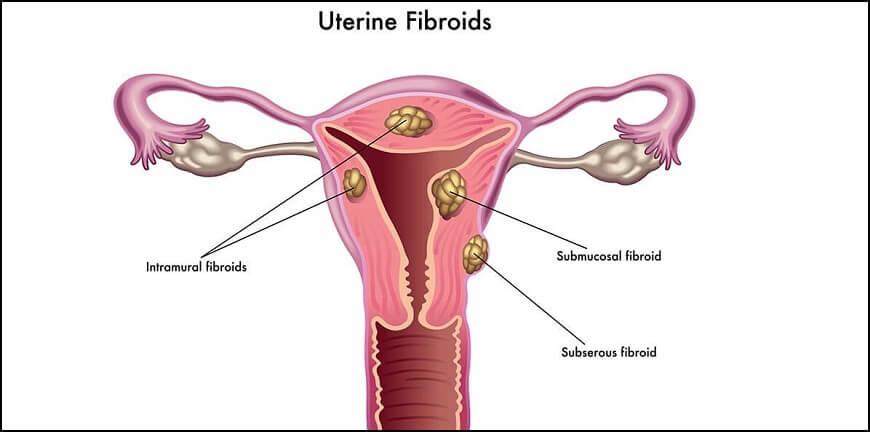During a laparoscopic surgical procedure, small incisions of up to half an inch are made and plastic tubes called ports are placed through these incisions. The camera and the instruments are then introduced through the ports, which allow access to the inside of the patient. The camera transmits an image of the organs inside the abdomen onto a television monitor. The surgeon is not able to see directly into the patient without the traditional large incision. The video camera becomes a surgeon’s eyes in laparoscopy surgery, since the surgeon uses the image from the video camera positioned inside the patient’s body to perform the procedure.
When an ovarian growth or cyst needs to be closely looked at, a surgeon can do so through a small incision using laparoscopy or through a larger abdominal incision (laparotomy). Either type of surgery can be used to diagnose problems such as ovarian cysts, adhesions, fibroids, and pelvic infection.
Why it is done?
Surgery is used to confirm the diagnosis of an ovarian cyst, remove a cyst that is causing symptoms, and rule out ovarian cancer.
Surgery for an ovarian cyst or growth may be advised in the following situations:
You have an ovarian growth and you:
What to expect after surgery?
Patients will probably be able to get back to normal activities within a week's time, including driving, walking up stairs, light lifting and work. Activity is dependent on how the patient feels. Walking is encouraged. Patients can remove the dressings and shower the day after the operation. In general, recovery should be progressive, once the patient is at home. Most patients are fully recovered and may go back to work after seven to ten days. Often, this depends on the nature of your job since patients who perform manual labor or heavy lifting may require two to four weeks of recovery.
What are the risks of the surgery?
What are the alternatives to the surgery?
Ultrasound scans, x-rays, CT scans and MRI scans are alternative tests that may be used to examine your ovaries without an operation. These tests may show that you have a cyst and a laparoscopy is the best option for further examination and possible removal. Keyhole surgery is possible. However, if the laparoscopy reveals that you have a very large cyst or ovary that we need to remove, we may need to convert to an open operation. This operation requires a large wound in your lower abdomen. You may also need an open operation if you have scarring in your pelvis from a past operation or infection. Open operations tend to be more painful with a slower recovery.
Why Dr. Kapil Kanade ?
Dr. Kapil Kanade is one of the most experienced laparoscopic surgeons in the Maharashtra. Dr. Kapil Kanade had already done more than 520 Laparoscopy Ovarian Cystectomy Surgery Successfully.
